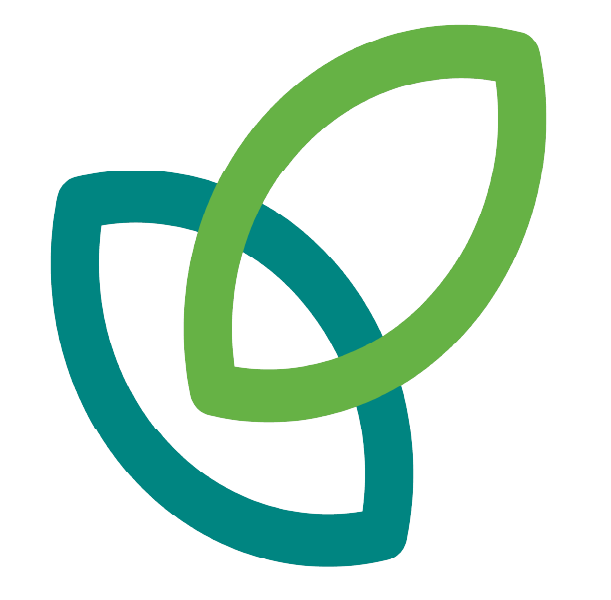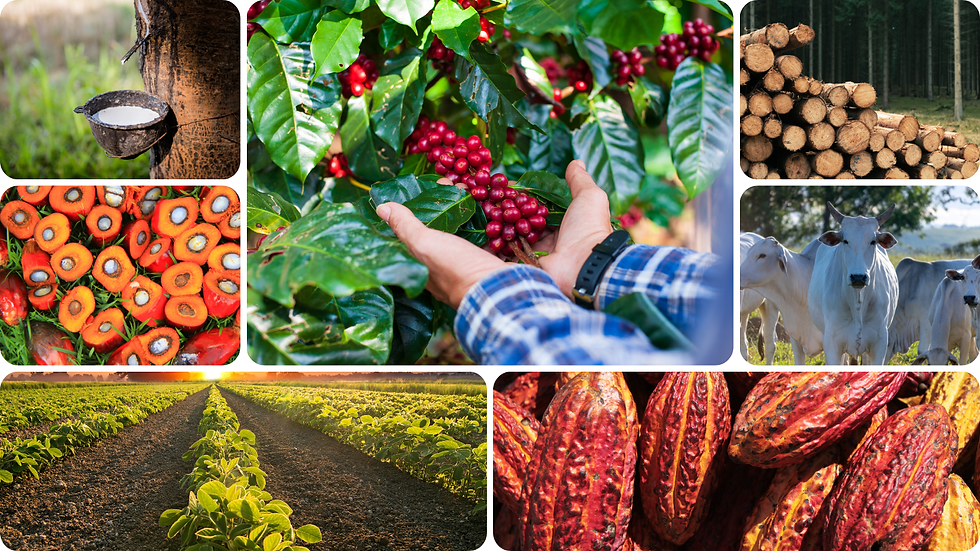Navigating the EUDR: How SAN Members Are Tackling the Challenges Ahead
- Sustainable Agriculture Network

- Aug 7
- 3 min read
The European Union Deforestation Regulation (EUDR) represents one of the most significant shifts in global trade rules for agri-food commodities. With deforestation-free, legally produced, and fully traceable products becoming a requirement for market access to the EU, companies involved in the supply chains of cocoa, coffee, soy, oil palm, rubber, timber, and cattle face a complex new landscape.
To support businesses, producer organizations, and public institutions in responding to these demands, the Sustainable Agriculture Network (SAN) has published a Strategic Paper on the challenges, impacts, and emerging solutions around EUDR implementation.

A Complex Set of Challenges
While the goals of the EUDR are clear, the path to implementation is far from straightforward. The Strategic Paper identifies five critical challenges that businesses and organizations must address to comply effectively:
1. Lack of Awareness and Training
Many supply chain actors, especially smallholders, remain unaware of the regulation or are unclear about its scope, deadlines, and compliance requirements. This knowledge gap is a major obstacle to action.
2. Insufficient Access to Technology
EUDR compliance requires robust data systems, including geolocation tools and traceability platforms. However, many operators—particularly in remote or under-resourced contexts—lack the infrastructure to meet these demands.
3. Coordination Barriers Across Supply Chains
The due diligence process relies on coordinated data-sharing among multiple actors, from producers to exporters to certifiers. In many cases, fragmented communication and lack of standardized protocols make this extremely difficult.
4. Risks Beyond the Scope of the Regulation
Because the EUDR focuses on specific commodities and forest biomes, there is concern that it may unintentionally shift deforestation and degradation pressures to other ecologically valuable areas, such as grasslands or wetlands, or neglect high-risk commodities not yet included.
5. Social and Human Rights Blind Spots
While the EUDR calls for legal compliance in countries of origin, it does not explicitly align with international human rights standards. This raises the risk of overlooking critical issues such as forced labor, child labor, and gender-based inequities, particularly in regions with weak enforcement.

Grounded in Practice: What SAN Members Are Doing
This paper draws from the knowledge and experiences of SAN members working across Africa, Asia, and Latin America. These organizations are not only observing EUDR’s ripple effects—they are directly supporting producers, companies, and communities in adapting to the regulation.
Organizations like Preferred by Nature, Wild Asia, CottonConnect, and Imaflora are offering traceability tools, due diligence resources, and targeted training. Others such as Yayasan Setara Jambi, Kaleka, ASK, and CABI are addressing gaps in land tenure documentation, participatory mapping, and social safeguards. Meanwhile, collaborative initiatives involving Fundación Global Nature, Fundación Natura, Earth Net Foundation, ADC, as well as external organizations such as UNDP and CoopeTarrazú, among others, illustrate how national platforms, cooperative models, and jurisdictional approaches can drive coordinated compliance efforts.
Together, their work showcases the potential of networked, locally grounded solutions to make regulation effective—not just enforceable.
From Challenges to Practical Solutions
The paper does not offer a one-size-fits-all response. Instead, it outlines key areas where SAN members are piloting or scaling up practical, often replicable, solutions to mitigate the burdens of EUDR implementation. These include:
Accessible training programs and self-assessment tools
Digital platforms for geolocation and traceability, even in low-connectivity environments
Models for supply chain coordination, including jurisdictional certification
Safeguards for at-risk ecosystems and commodities beyond the EUDR’s scope
Approaches that integrate international human rights standards into local supply chain contexts
These efforts are ongoing and dynamic—but they represent real, tested responses that others in the sector can build upon.
Download the Strategic Paper
Whether you are a company preparing for compliance, a producer organization supporting smallholders, or a policymaker shaping implementation, the EUDR Strategic Paper offers insight, clarity, and inspiration.
About SAN
The Sustainable Agriculture Network (SAN) is a global network of nonprofit and for-profit organizations advancing sustainable agriculture through local action and global collaboration. With members active in over 60 countries, SAN is committed to helping farmers, farmworkers, and rural communities prosper—while protecting ecosystems and delivering verified sustainability in supply chains.
To learn more about our work or join the conversation around EUDR, visit www.sustainableagriculture.eco.




Comments